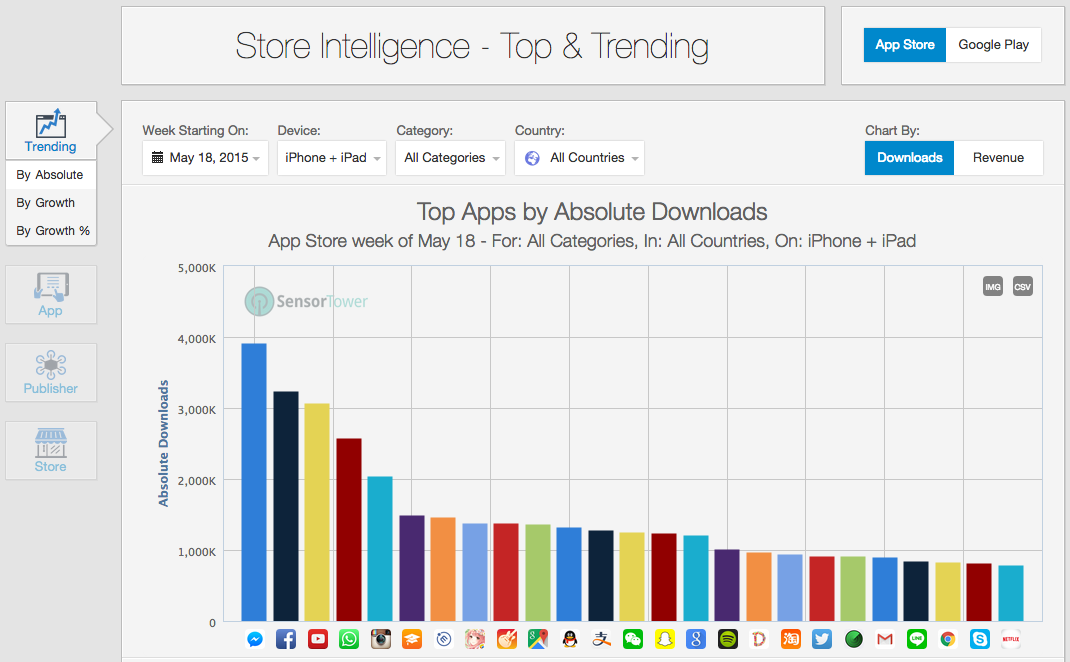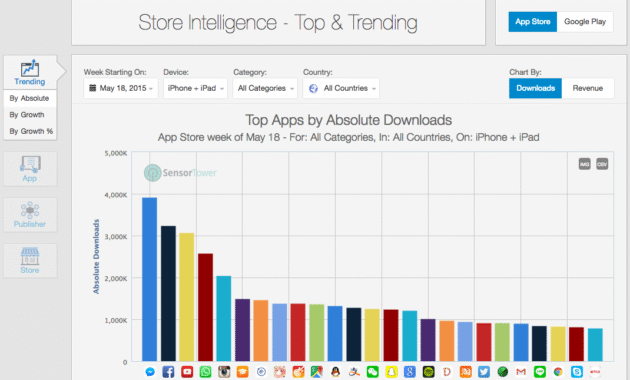Best Delivery Apps for Catering Services are revolutionizing how food is delivered to events and gatherings, ensuring that delicious meals reach clients with efficiency and precision. As the demand for catering services continues to grow, these apps have become essential tools for both caterers and clients alike, streamlining the ordering process and enhancing customer experiences. The rise of technology in the catering industry not only simplifies logistics but also offers a wide array of choices, making it easier for customers to select the perfect menu.
Exploring this topic reveals a landscape where convenience meets quality, and where innovative delivery solutions are reshaping traditional catering practices. From large-scale events to intimate gatherings, the integration of delivery apps into catering services reflects current consumer trends and the evolving needs of a dynamic market.
The field of Artificial Intelligence (AI) has undergone a remarkable transformation since its inception. Initially rooted in theoretical concepts, AI has evolved into a multi-faceted discipline with applications spanning various sectors. This article explores the historical development of AI, highlights key milestones, reviews contemporary advancements, and discusses future prospects in this dynamic field.
1. The Dawn of Artificial Intelligence
The concept of artificial intelligence can be traced back to ancient times, where myths and stories depicted artificial beings endowed with intelligence. However, the formal foundation of AI was laid in the mid-20th century. In 1956, the Dartmouth Conference, organized by John McCarthy, Marvin Minsky, Nathaniel Rochester, and Claude Shannon, marked the birth of AI as a field of study.
This conference introduced the term “artificial intelligence” and set the stage for future research.
During the initial years, researchers believed that human-like intelligence could be achieved relatively quickly. Pioneering work included the development of early neural networks, symbolic reasoning systems, and the first successful AI programs, such as the Logic Theorist and General Problem Solver, designed by Allen Newell and Herbert A. Simon.
2. The Initial Hype and the AI Winters
Despite these promising beginnings, the 1970s and 1980s witnessed periods known as “AI winters,” characterized by reduced funding and interest in AI research. The initial optimism faded as researchers encountered significant obstacles. The limitations of early algorithms, insufficient computing power, and the complexities of natural language processing proved daunting. Many projects failed to deliver on their ambitious promises, leading to a decline in public and institutional confidence.
However, the field was not entirely dormant. During these winters, researchers continued to refine their approaches, leading to important developments in knowledge representation, expert systems, and rule-based programming. Notably, systems such as MYCIN emerged, demonstrating the potential of AI in specific domains like medical diagnosis.
3. The Resurgence of AI
Machine Learning and Beyond
The 1990s marked a significant turning point in AI research with the advent of machine learning techniques. As computational power increased and the availability of large datasets expanded, researchers began to leverage statistical methods to improve AI systems. The introduction of algorithms such as decision trees, support vector machines, and ensemble methods enabled machines to learn from data and make predictions with remarkable accuracy.
A pivotal moment in AI history occurred in 2012 when a deep learning model developed by Geoffrey Hinton and his team achieved unprecedented accuracy in image classification tasks. This breakthrough spurred interest in deep neural networks, leading to significant advancements in computer vision, natural language processing, and speech recognition.
4. Contemporary Applications of AI
Today, AI technologies permeate numerous aspects of daily life, transforming industries and enhancing efficiency. In healthcare, AI is revolutionizing diagnostics, personalized medicine, and drug discovery. Machine learning algorithms analyze medical imaging data, assisting radiologists in detecting anomalies with higher precision than ever before.
In the realm of finance, AI-driven algorithms monitor market trends, assess risks, and execute trades at remarkable speeds. Fraud detection systems utilize AI to identify suspicious transactions, protecting financial institutions from significant losses.
The retail sector has also embraced AI, using recommendation systems to personalize shopping experiences and optimize inventory management. Automated chatbots enhance customer service, providing instant support and improving user satisfaction.
5. Ethical Considerations in AI Development
As AI continues to evolve, ethical considerations have emerged as a critical aspect of its development. Concerns regarding bias, transparency, and accountability are paramount. AI systems can inadvertently perpetuate societal biases if trained on skewed data, leading to unfair outcomes. The challenge lies in ensuring that AI technologies are developed and deployed responsibly.
Moreover, the opacity of some AI models, especially deep learning systems, raises questions about accountability. Stakeholders must prioritize the development of explainable AI, enabling users to understand how decisions are made. Regulatory frameworks are also being considered to govern AI usage and protect individuals’ rights.
6. The Future of AI
Opportunities and Challenges
The future of AI is filled with both opportunities and challenges. Advancements in natural language processing could lead to more sophisticated human-computer interactions, enabling machines to understand and respond to human emotions more effectively. AI is also expected to play a significant role in addressing global challenges, such as climate change, by optimizing resource allocation and enhancing predictive analytics.
However, as AI becomes more integrated into society, issues such as job displacement and the ethical implications of autonomous systems need to be addressed. The workforce may undergo significant changes as tasks traditionally performed by humans become automated. Upskilling and reskilling initiatives will be crucial to prepare individuals for the evolving job landscape.

7. Conclusion: Best Delivery Apps For Catering Services
The evolution of artificial intelligence from its early conceptualization to its current state reflects both the potential and the challenges of this transformative technology. As AI continues to advance, it holds the promise of enhancing human capabilities and addressing complex problems faced by society. However, ethical considerations and responsible development will be paramount to ensuring that AI serves as a force for good.
The journey of AI is far from over; the next chapters will undoubtedly shape the future of technology and humanity.










